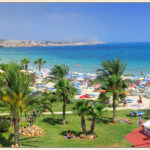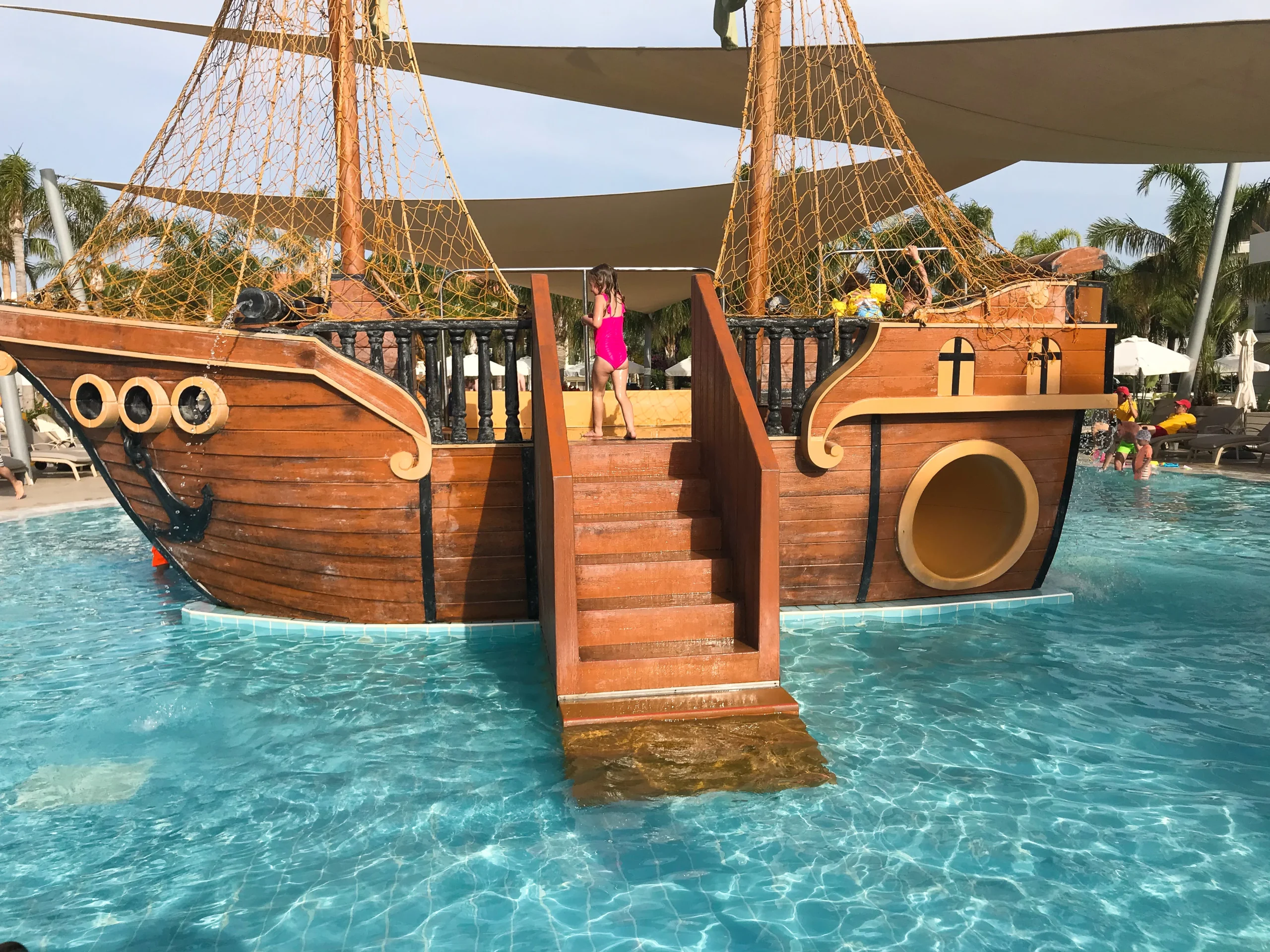While Cyprus is renowned for its stunning coastlines and azure waters, the heart of its allure lies in the mountain villages’ rustic charm and the timeless majesty of its ancient ruins. This article takes you on a journey beyond the beaches, into the soul of Cyprus, where history whispers through the stone and nature tells tales of millennia.
The Mountain Villages of Cyprus
Nestled within the Troodos Mountains, the mountain villages of Cyprus are a world away from the coastal hustle. These villages, such as Omodos, Lefkara, and Kakopetria, offer a glimpse into traditional Cypriot life, where time seems to slow down.
- Omodos: Famous for its Monastery of the Holy Cross and cobblestone streets, Omodos is a delightful mix of history, culture, and local cuisine. The village is also known for its wine production, making it a perfect stop for oenophiles looking to taste Cyprus’s celebrated Commandaria wine.
- Lefkara: Renowned for its lace (Lefkaritika) and silverwork, Lefkara is a village where tradition weaves through the daily life of its inhabitants. The architecture, with its white limestone houses and narrow streets, offers a picturesque setting that captivates every visitor.
- Kakopetria: Surrounded by lush forests, Kakopetria is known for its natural beauty and its preserved old quarter. The village is an ideal starting point for hikes and nature walks in the Troodos Mountains, offering breathtaking views and a serene atmosphere.
The Ancient Ruins of Cyprus
Cyprus’s history is as complex as it is ancient, with ruins that span thousands of years, from the Neolithic age to the Byzantine Empire.
- Paphos Archaeological Park: A UNESCO World Heritage site, this park houses ruins from prehistoric times to the Middle Ages, but it’s most famous for its Roman mosaics in the Houses of Dionysos, Theseus, Aion, and Orpheus, which are among the best-preserved in the world.
- Kourion: An ancient city-kingdom, Kourion boasts a magnificent Greco-Roman theatre, stately villas with intricate mosaics, and the Sanctuary of Apollo Hylates. The site offers a panoramic view of the surrounding countryside and the sea beyond.
- Salamis: Once the capital of Cyprus in antiquity, the ruins of Salamis include a vast Gymnasium, Roman baths, and the Theatre. Located near Famagusta, it provides a fascinating insight into the island’s ancient past.
Connecting with Nature and History
Exploring the mountain villages and ancient ruins of Cyprus offers more than just a break from the beach; it’s an immersion into the island’s soul. The Troodos Mountains not only provide a cool retreat from the coastal heat but also offer opportunities for outdoor activities such as hiking, bird watching, and visiting waterfalls like the Caledonia and Millomeris.
Cultural Immersion
Visiting these villages and ruins, one cannot help but feel a deep connection to the past. Participate in a local village festival or a traditional Cypriot night with folk music and dance to truly immerse yourself in the culture. The warmth of the Cypriot people, combined with the island’s rich history and natural beauty, makes for an unforgettable experience.
Conclusion
Cyprus is an island of diverse landscapes and histories, where every corner holds a story waiting to be discovered. Beyond the beaches, its mountain villages whisper tales of tradition and culture, while ancient ruins stand as sentinels of the past, offering a journey not just through Cyprus but through time itself. So, when you visit Cyprus, venture beyond the beaches and let the heart of the island reveal itself to you in all its enchanting glory.









